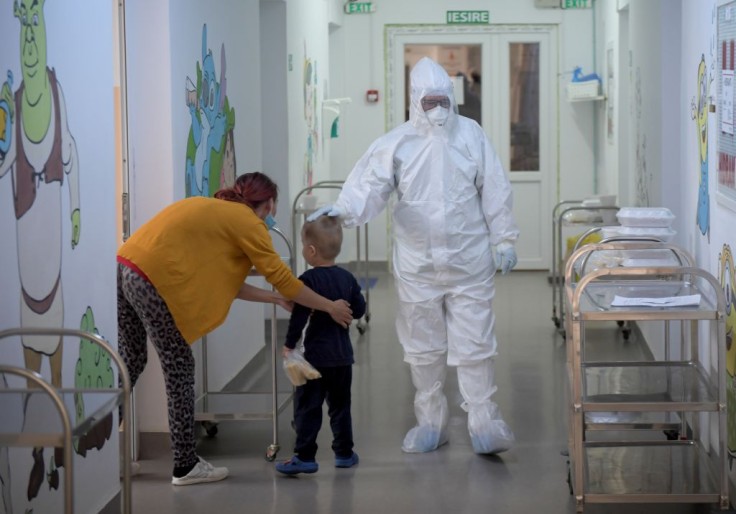
Despite the easing of restrictions, the COVID-19 virus is still ever-present in the air, with the BA.2 Omicron variant now declared as the more dominant variant in the U.S. According to the U.S. Centers for Disease Control and Prevention, the BA.2 Omicron variant accounts for nearly 55 percent of COVID-19 cases in the country. However, the experts are confident it will not result in another wave compared to the previous surges.
Studies have shown that the said variant affects more kids than the Alpha, Delta, and the first Omicron variants. Epidemiologist Edwin Michael told the Daily Beast that pediatric cases could spike because of the low vaccination rates among children.
Here's what parents need to know and should not ignore about this latest crisis in the pandemic.
1. BA.2 Omicron variant is highly transmissible.
As with the first Omicron variant, this infection is also highly transmissible and could spread faster. While it is more infectious, the experts do not think it's deadlier than the other variants.
Preliminary studies published in The Lancet Journal from Denmark and the United Kingdom indicate that this virus's hospitalization rate and death risks are lower. Yet this doesn't suggest parents have to let their guard down since the findings are just beginning to unravel. With the Delta variant, experts initially thought that the virus was milder than the Alpha variant but led to record deaths in 2022.
2. Mild symptoms may still be hard for children, especially those who have not been vaccinated.
Dr. Mark Cameron of Case Western Reserve University School of Medicine said that anyone without protection like the vaccine may still be at risk. Even if the kids develop a fever or gastrointestinal issues, they could still be confined to the bed and feel bad.
There are also concerns about the rare effect of COVID-19 on kids who develop multisystem inflammatory syndrome (MIS-C) and other inflammatory effects on the organs. Anyone, especially vulnerable kids or unvaccinated, must still adopt safety practices to reduce transmission.
However, many schools in the U.S. will remove masking requirements by April despite the low rate of vaccination among the students. However, a study from Harvard University provides some hope as vaccinating adults can protect the kids around them.
3. Maintain mask-wearing, stock up on home tests, and get booster shots.
Parents who worry about the BA.2 Omicron variant may continue to wear high-quality face masks to protect themselves and their families. They should also stock up on COVID-19 tests so family members can isolate themselves right away if they get the infection.
Parents might also have to follow up on the booster shots for adults or the vaccine shots if the children are already eligible. Moms and dads also need to remind their kids that the pandemic is not yet over, so everyone still needs to follow proper hand-washing and hand-cleaning techniques and social distancing.
Related Article: Doctors Recommend these 4 Foods if You Have COVID-19 Symptoms